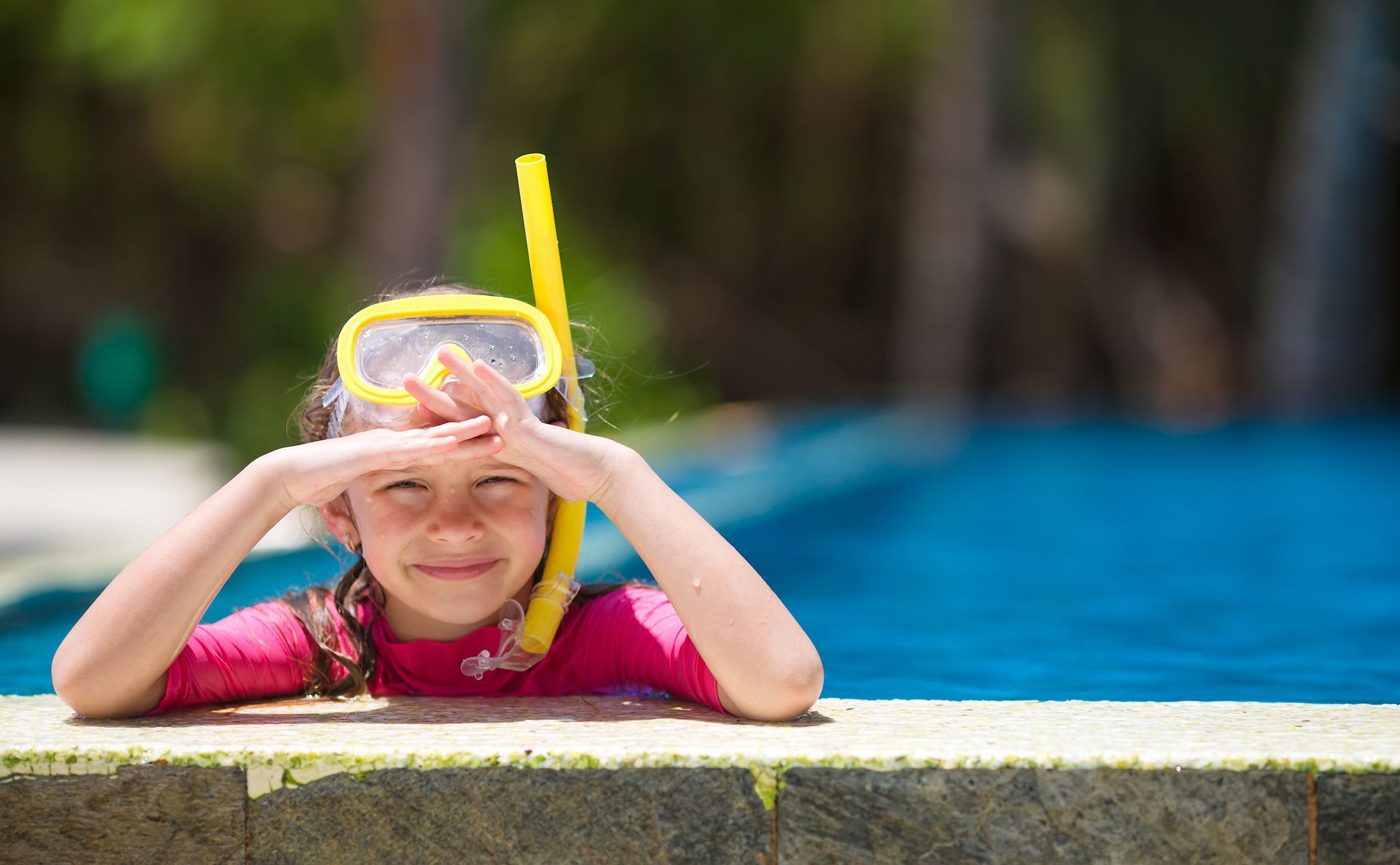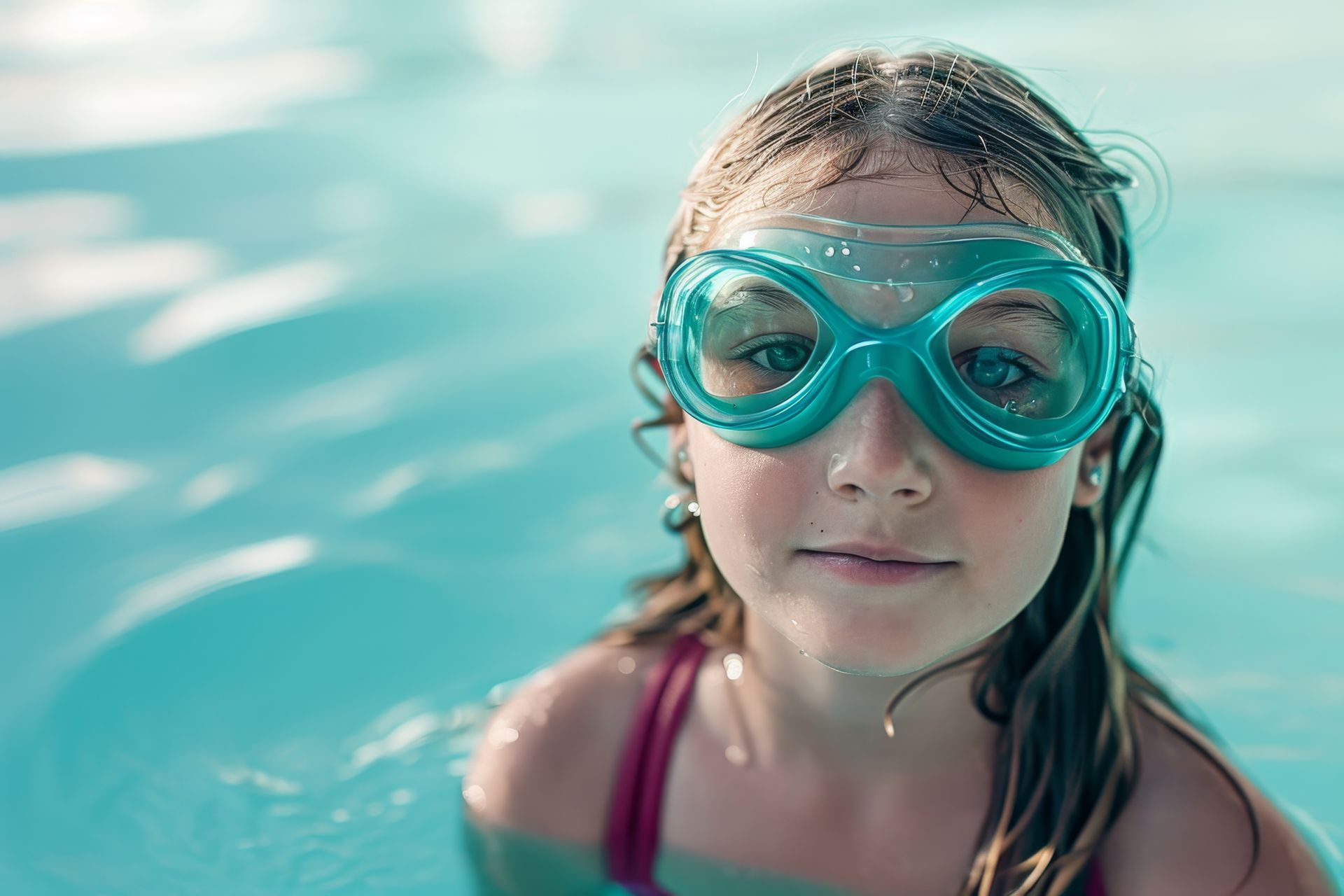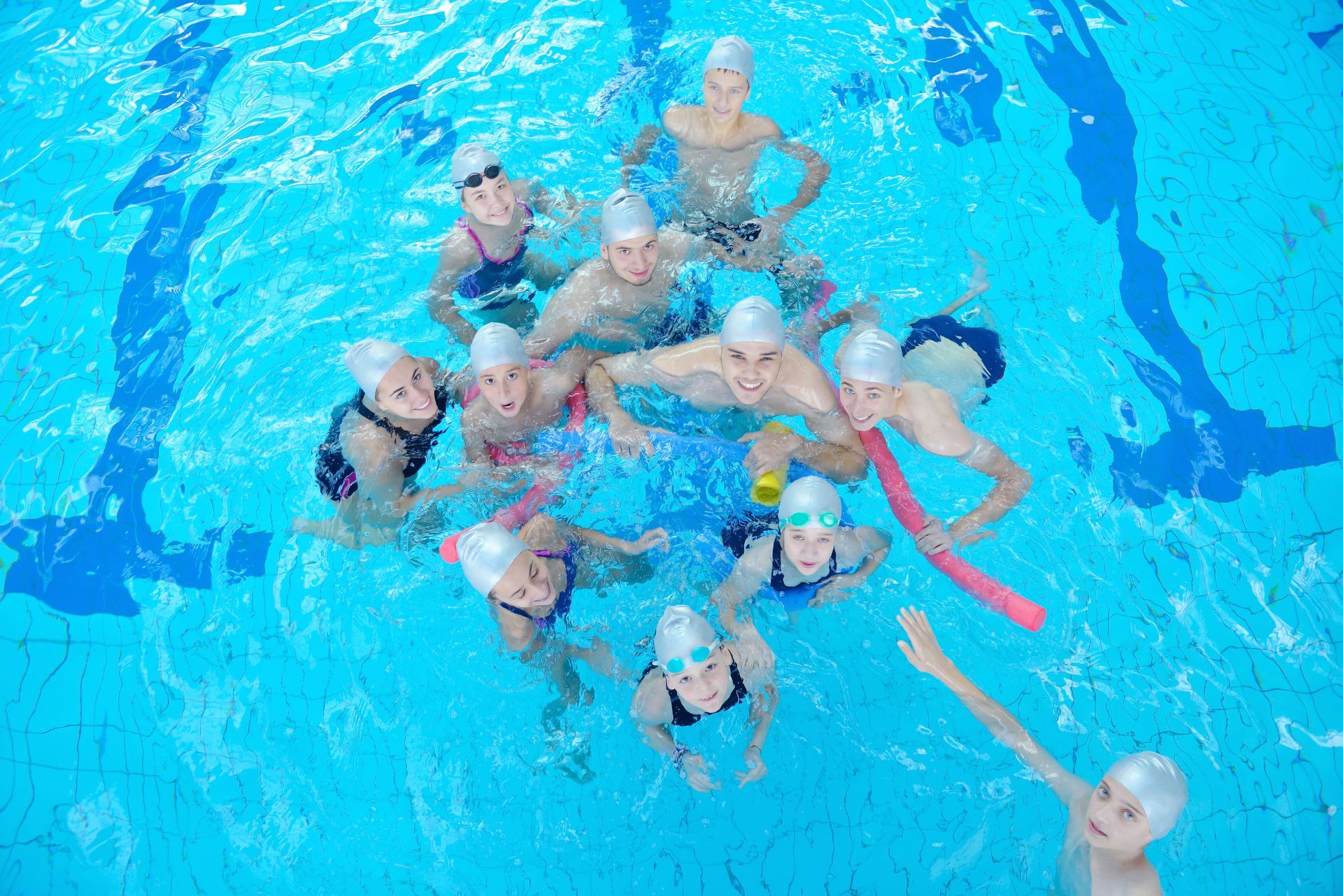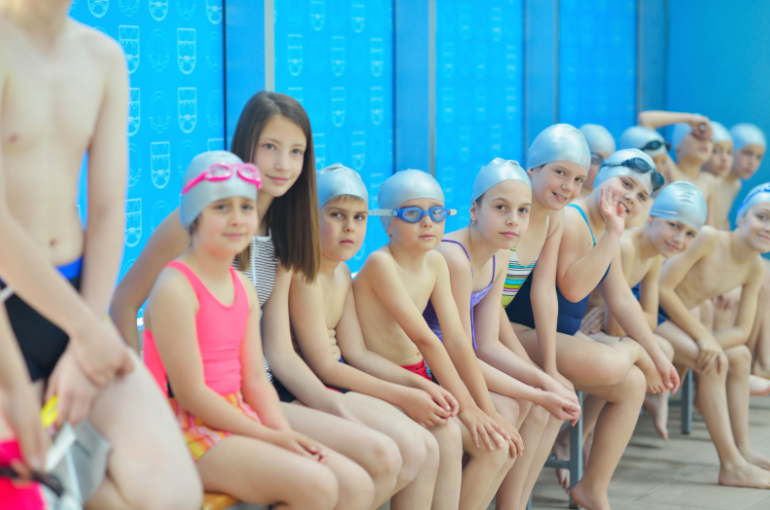Unlocking Speed: Advanced Training Techniques for Swimmers
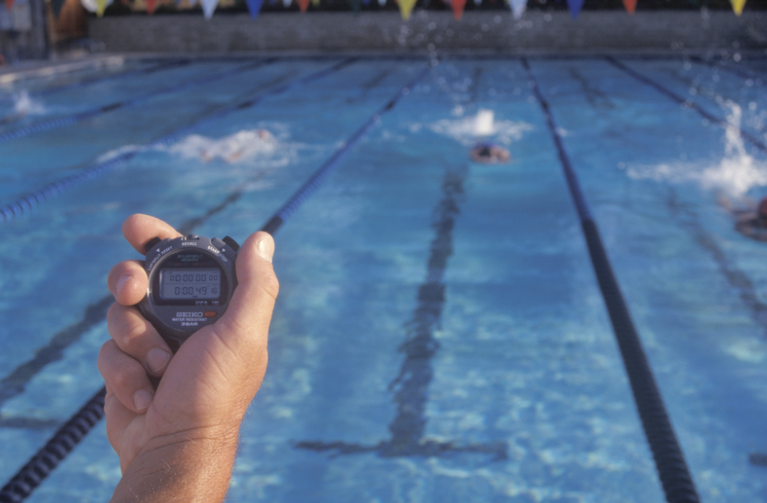
Achieving faster times in the pool is a primary goal for competitive swimmers. This exploration dives into advanced training techniques that aim to boost swimmer speed, highlighting specific drills and resistance exercises. Drawing from the innovative methods used by SwimJim, these strategies are tailored to push athletes towards peak performance.
The Role of High-Intensity Interval Training
High-Intensity Interval Training (HIIT) has become a cornerstone in modern swim training due to its effectiveness in improving cardiovascular fitness and muscular endurance. In the context of swimming, HIIT involves short bursts of intense swimming followed by a brief period of rest or low activity. This pattern is repeated several times, pushing the body to adapt to the stresses of speed and recovery.
Technique Refinement for Efficiency
Speed in the water is not solely a product of effort; it also depends on swimming efficiency. Refining stroke technique is crucial, focusing on aspects such as hand entry, kick effectiveness, and body positioning. Coaches often use video analysis to provide swimmers with a clearer understanding of their technique, offering precise corrections that can lead to significant improvements in speed.
Resistance Training in Water
Incorporating resistance into swim training is another proven method to build strength and speed. This can be achieved through the use of tools like drag suits, parachutes, or even simple hand paddles. These devices increase resistance in the water, forcing swimmers to work harder to maintain their speed. Over time, training with these tools can lead to a noticeable increase in power during unassisted swims.
Power Phases and Tapering
Understanding and implementing power phases in training can significantly impact a swimmer’s performance. This involves periods of focused strength and power training followed by tapering periods where the intensity of workouts is reduced to prepare for peak performance at competitions. The strategic reduction in workload allows the swimmer’s body to recover and adapt, leading to enhanced performance when it counts.
Mental Conditioning
Speed in competitive swimming is not purely physical; mental conditioning plays a crucial role. Visualization techniques, where swimmers imagine themselves executing perfect strokes and achieving their target times, can enhance physical training. Goal-setting and mental resilience training also help swimmers to push through barriers during both training and competition.
Monitoring and Adapting Workouts
Effective swim training must be dynamic, adapting to the swimmer's evolving needs and conditions. Coaches must monitor progress closely using both qualitative observations and quantitative data such as times and heart rates. This data helps in fine-tuning training programs to maximize efficiency and speed, ensuring that swimmers are not plateauing in their progress.
Integrating Dryland Training
Dryland training, exercises performed out of water, supports increased swimming performance through enhanced strength, flexibility, and power. Activities like weight lifting, yoga, and plyometrics are integral components of a swimmer’s routine. These exercises build core stability and limb strength, which are vital for powerful strokes and effective turns in the pool.
Recovery as a Tool for Improvement
Recovery strategies are vital in any sport, and swimming is no exception. Proper recovery, including adequate rest, nutrition, and muscle therapy, allows for the repair and strengthening of the body. Techniques such as massage, stretching, and hydrotherapy can prevent injury and ensure that the swimmer’s body can withstand the demands of intense training.
Customized Nutrition for Swimmers
The fuel a swimmer uses significantly impacts their performance. A nutrition plan that supports an athlete’s training intensity and recovery needs is crucial. High-quality proteins for muscle repair, carbohydrates for energy, and fats for endurance are all essential. Furthermore, hydration before, during, and after training plays a critical role in performance and recovery.
Community and Competitive Spirit
Training alongside peers and within a competitive team environment can drive swimmers to unlock new levels of speed. The community aspect provides support and motivation, pushing swimmers to challenge their personal bests and strive for collective goals. Competitive settings also offer swimmers opportunities to gauge their progress and apply their training under race conditions.
Through a combination of high-intensity workouts, technique refinement, and strategic resistance training, swimmers can unlock new levels of speed. These advanced training techniques, complemented by mental conditioning, recovery practices, and tailored nutritional strategies, equip swimmers with the tools needed for success. The journey to faster times requires dedication, resilience, and a well-rounded approach, ensuring not only improvements in speed but also in overall athletic performance. By continuously adapting training methods and embracing innovative techniques, swimmers can consistently push the boundaries of what they can achieve in the pool, paving the way for a faster, more competitive future.
Ready to dive into the world of competitive swimming with speed and efficiency? SwimJim's tailored swim programs are designed to elevate your performance in the water, focusing on technique, speed drills, and safety. Whether you're just starting or looking to sharpen your competitive edge, our expert coaches are here to guide you every stroke of the way. Contact us today to learn more and join a community dedicated to swimming excellence. Let's make a splash together!
